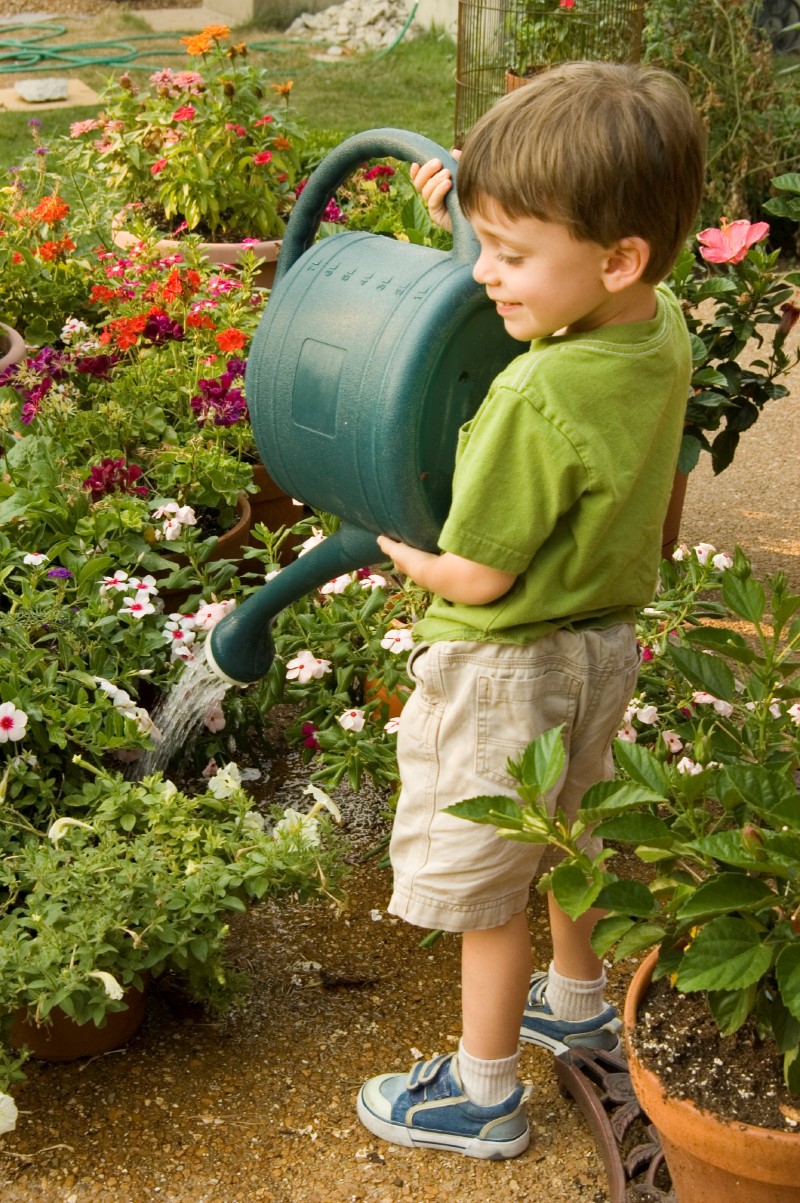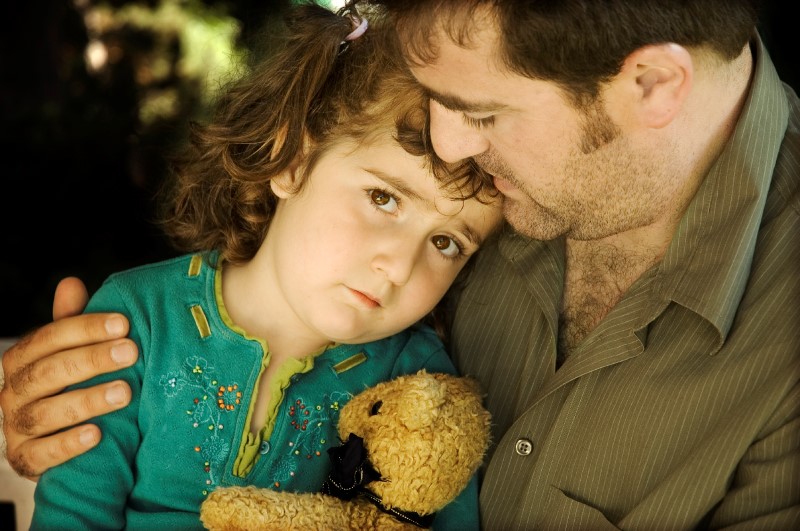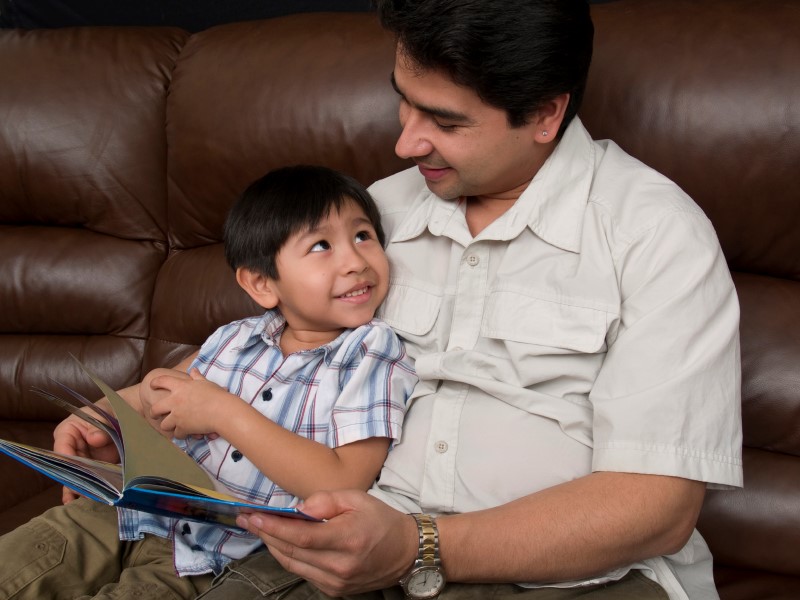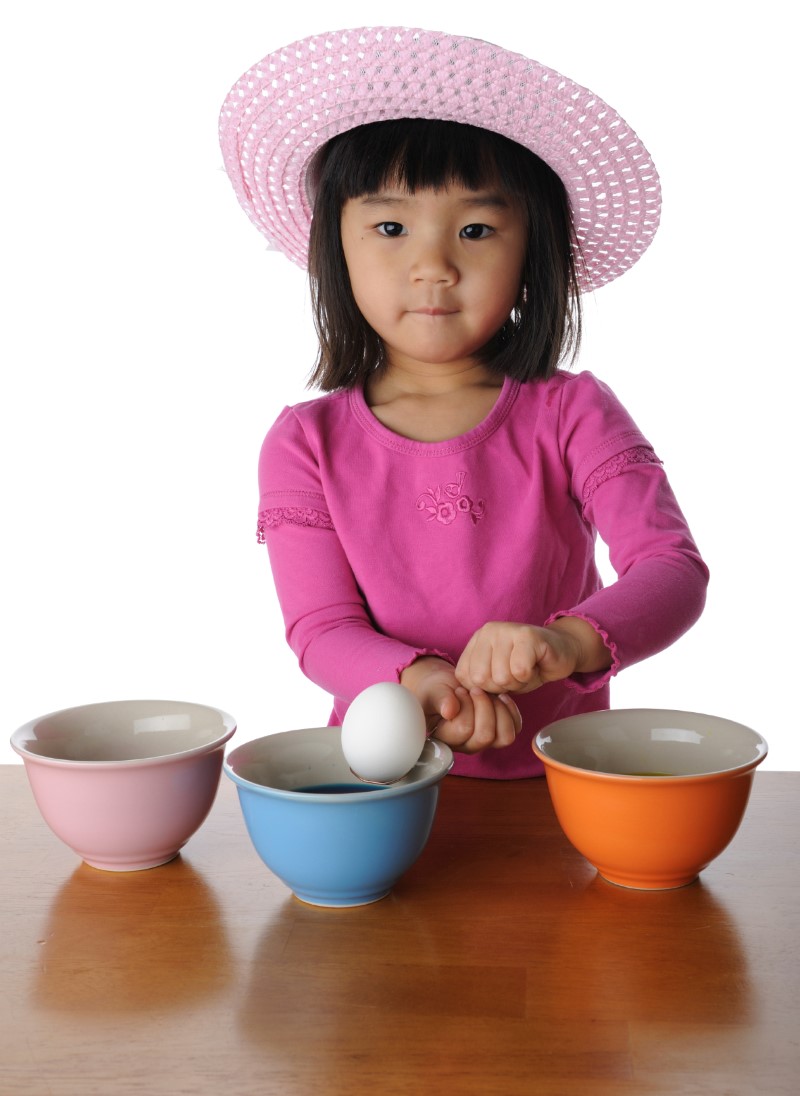Children learn by watching adults. This can be a problem when it comes to safety. Your child will watch you use power tools and want to do the same thing. Your child will watch you plug in electric cords, use matches to start a fire and take medicine. Your child will want to imitate you, but will not understand the dangers.
A preschooler’s curiosity will lead her to the medicine cabinet to look at the little bottles and colored pills. She will climb on a stool and stand on the kitchen counter to get the matches off a top shelf. This is just being curious —not “bad.”
What can a parent do to avoid accidents? Here are some ideas:
- Store dangerous materials out of reach – in cabinets with locks.
- Explain to your child why she should not touch some things. “These matches are only for me to use. They might hurt you.” “We don’t play with sharp knives. They could cut you.”
- Teach safety rules. “You can help me vacuum, but I will plug it in.”
- Show your child that you follow safety rules too. Be a good example. Put covers back on cleaning products and put them away after each use. Fasten your safety belt every time you get in the car. Unplug electric cords with fingers on the plug —do not yank the cord.
- Check on your child often. Be sure you know where she is at all times.
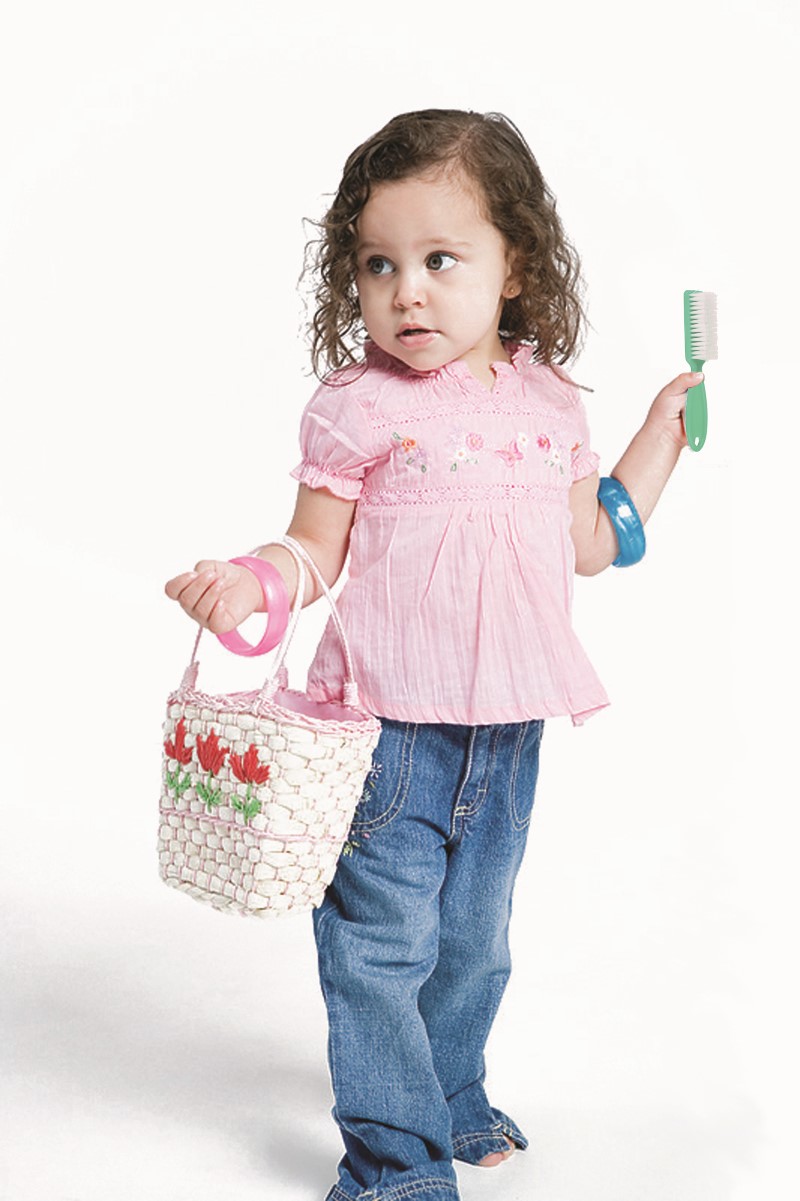
Learning to get dressed without your help may take more time and practice than you expect. It may be frustrating at first. Patience is needed while children learn any new skill.
You can provide chances for your child to practice getting dressed. Dolls, fabric books and toys can provide practice with buttons, snaps and zippers. Playing dress-up gives the chance to put on clothing without rushing.
Encourage your child’s attempts at dressing, even if she does not get everything right. If her shoes are on the wrong feet, comment on her attempt to put them on, before pointing out that they are on the wrong feet.
Instead of choosing your child’s outfit when you are rushed, help your child pick out her outfit the night before. You and your child can set up some ground rules such as:
- shoes must be worn when going outside
- underwear gets changed every day
Arrange your child’s clothes so she can get to them by installing a lower clothes bar in the closet or by putting clothes in the lower drawers of the dresser. You can keep your child from choosing an inappropriate outfit —such as a sleeveless shirt and shorts in the winter —by putting them out of reach.
The color or designs that your child will put together may surprise you. It is okay to let her choose the outfits, as long as they are appropriate for the weather. This is just another way she tries to be independent. Let her know if there are times —such as holidays or special events — when you will have the final say on what she wears.
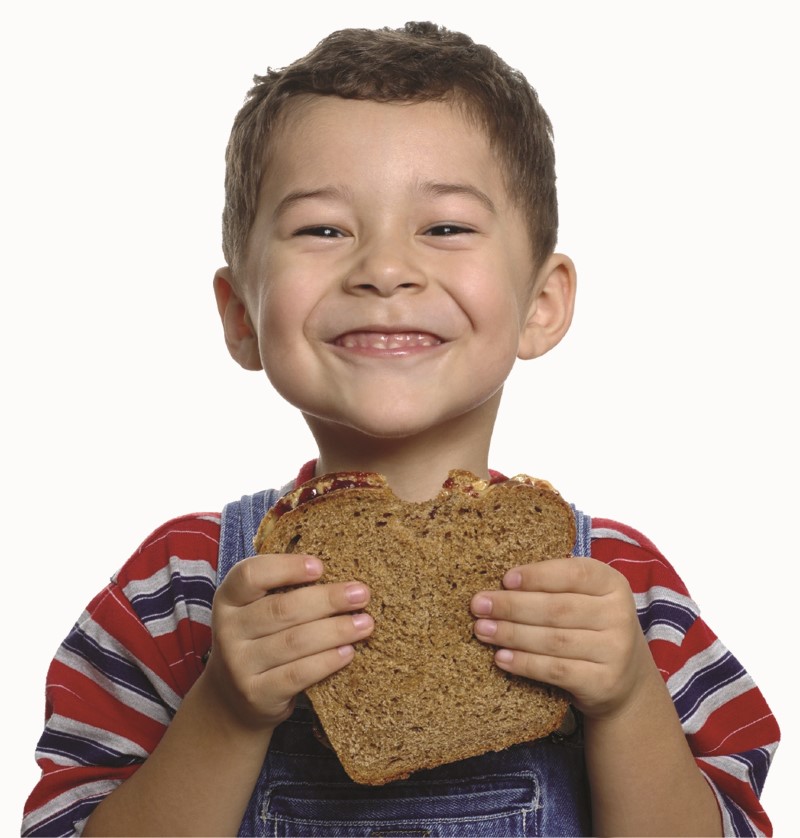
Between 2 and 5 years old, your child will gain 4 to 7 pounds and grow 2 to 4 inches taller. He is growing so fast, it is important to give him the healthy foods his body needs.
Use the daily plan for preschoolers at https://www.choosemyplate.gov/resources/MyPlatePlan/MyPlatePlan_1400cals_Age2-3 to plan a balanced diet each day for your child:
- Fruit Group (1 cup) Examples of 1 cup are: 1 large orange 1 cup 100% grape juice 1 small apple ½ cup raisins 2 halves of canned peaches
- Vegetable Group (1 cup) Examples of 1 cup are: 1 large sweet potato 1 cup cooked green beans 1 cup chopped, raw, or cooked carrots 2 cups raw lettuce and tomato salad
- Protein Group (2 ounces) Examples of 1 ounce are: 1 ounce of cooked lean beef, chicken, turkey, pork, or ham ¼ cup cooked beans 1 sandwich slice of turkey 1 tablespoon peanut butter 1 egg
- Grain Group (2-3 ounces) These are made from whole grain. Examples of 1 ounce are: ½ cup cooked oatmeal 1 slice whole wheat bread 1 small piece cornbread (2¼” by 1¼” by 1¼”) 1 cup whole wheat cereal flakes 1 cup cornflakes 1 small corn or flour tortilla (6” diameter) ½ cup cooked brown rice
- Dairy Group (2 cups) Provide foods that are lowfat or fat-free. Examples of 1 cup are: 1 ½ ounces hard cheese (cheddar, mozzarella, Swiss, Parmesan) 1 cup milk (low-fat or fat-free) 1 cup yogurt ½ cup ricotta cheese
Don’t worry if the amount of food your child eats varies from meal to meal or day to day. This is normal. With your help, he will eat the right amount to meet his nutritional needs.
Do you have special traditions in your family —like a favorite food for a birthday dinner, special activities for Thanksgiving, or a traditional religious activity? These special things bring families together. They make happy memories.
Your child loves to celebrate holidays. Plan special family times that your child can look forward to. Let her have a job to help get ready. Arranging pretty fall leaves on the Thanksgiving table or making Grandmother’s birthday present are projects she is sure to remember in years to come.
These family traditions are like “family glue” —they bond us together. They help us know who we are and where we came from. This feeling of security is important to your preschooler.
